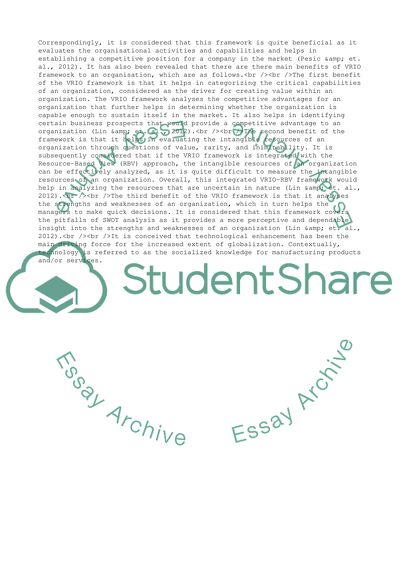Cite this document
(Strategic Management: The VRIO Framework Assignment Example | Topics and Well Written Essays - 2000 words - 31, n.d.)
Strategic Management: The VRIO Framework Assignment Example | Topics and Well Written Essays - 2000 words - 31. https://studentshare.org/management/1826007-strategic-management
Strategic Management: The VRIO Framework Assignment Example | Topics and Well Written Essays - 2000 words - 31. https://studentshare.org/management/1826007-strategic-management
(Strategic Management: The VRIO Framework Assignment Example | Topics and Well Written Essays - 2000 Words - 31)
Strategic Management: The VRIO Framework Assignment Example | Topics and Well Written Essays - 2000 Words - 31. https://studentshare.org/management/1826007-strategic-management.
Strategic Management: The VRIO Framework Assignment Example | Topics and Well Written Essays - 2000 Words - 31. https://studentshare.org/management/1826007-strategic-management.
“Strategic Management: The VRIO Framework Assignment Example | Topics and Well Written Essays - 2000 Words - 31”. https://studentshare.org/management/1826007-strategic-management.


